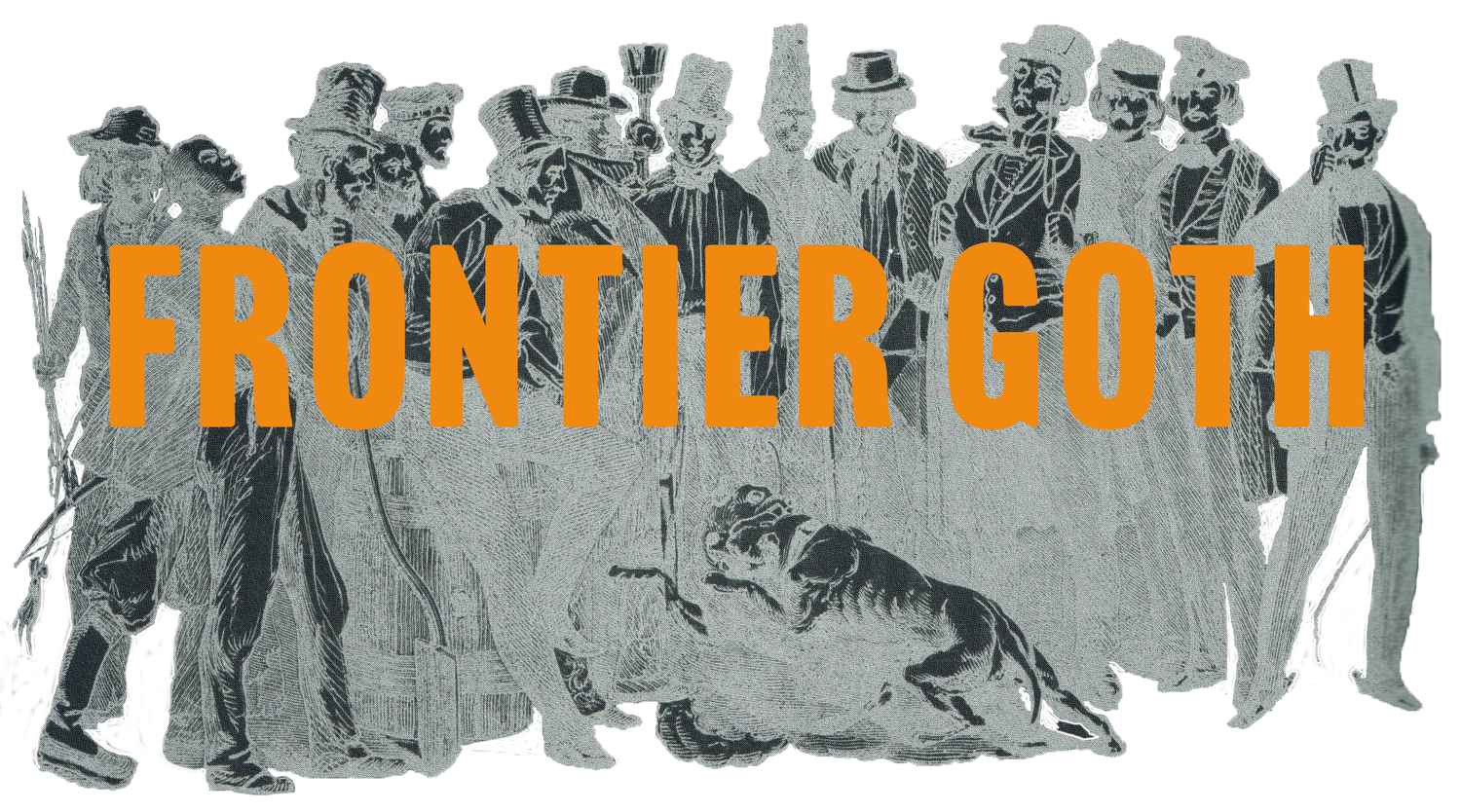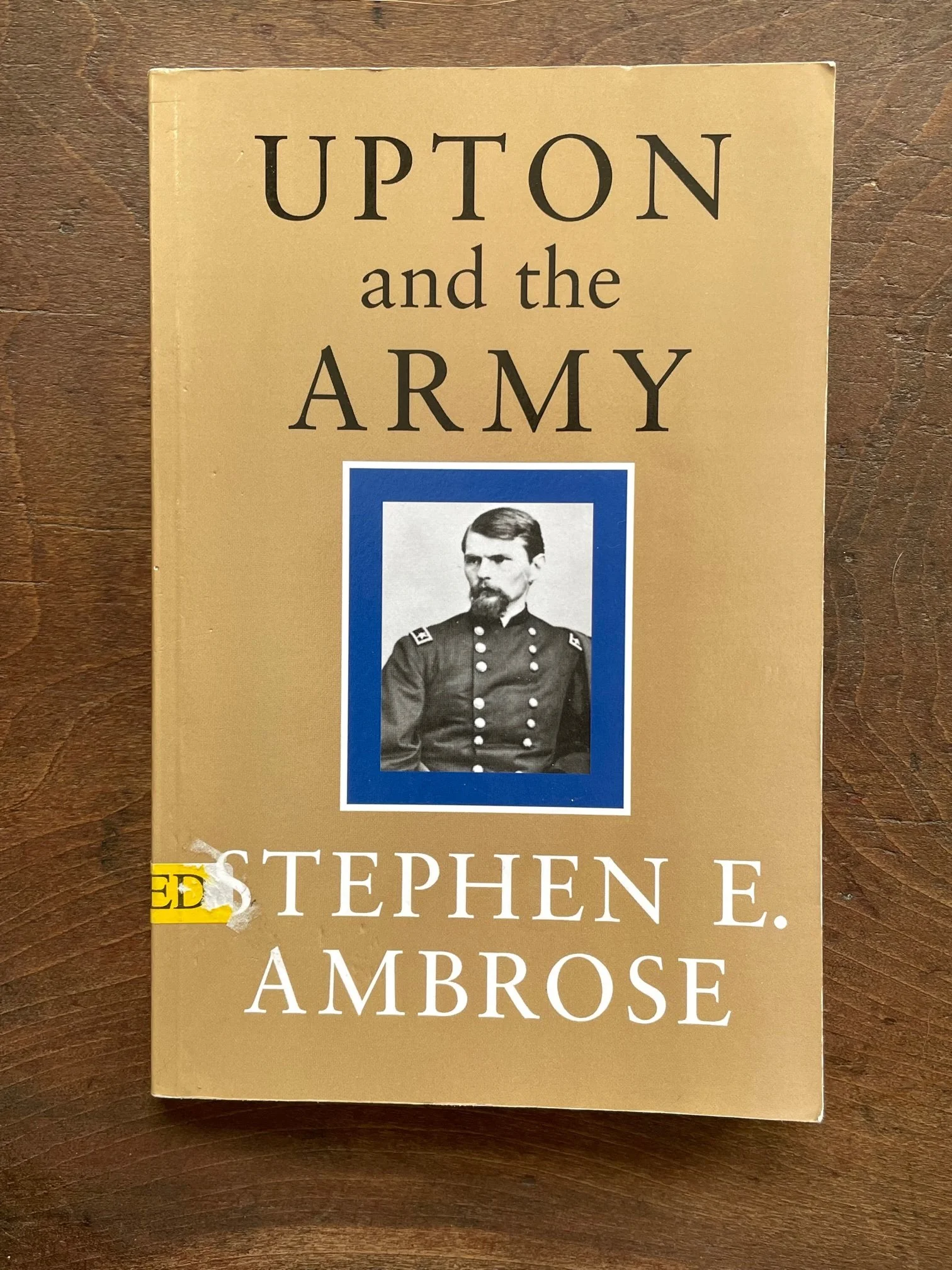Upton and the Army by Stephen E. Ambrose
“Since the overthrow of the mounted, armored knight, tactics had been in a constant state of flux. The bayonet, which with the invention of the ring bayonet in 1678 became a practical weapon, eliminated the need for pikemen to protect infantry and cavalry. It thus made possible the line of infantry, which could produce a much heavier fire than a column or square (needed for protection from cavalry before the bayonet) and so was a preferable offensive formation. Linear tactics, which dominated the eighteenth-century battlefield, were designed to exploit the new fire power to the fullest through the simultaneous volley. They left no room for individual initiative. Soldiers had to march in step, so that all could fire at once, which was the reason for the Prussian goose step, a most practical device for keeping the lines straight. Indeed, Prussian officers were reputed to dress their companies with surveying instruments. Linear tactics reduced the potentialities of an army, because the huge frontage of a linear body of men required a broad and reasonably level plain to mount an attack. Battle could be joined only if both commanders were confident, because a general could refuse an engagement merely by withdrawing to nearby woods or hills. And despite the heavy losses due to murderous exchanges of volleys—often as high as 50 percent—victories were seldom complete, since the line could not be adapted to relentless pursuit.
”There were other difficulties involved in a linear attack. The men had to be will drilled to keep in step and well disciplined to hold their position while they received a volley from the defenders. Moreover, the second, third, and fourth lines always had the obstacle of dead bodies to cross, which threw individuals out of line. The French, whose raw revolutionary levies could not be trained to stand up in line and fire volleys, were the first to present a solution. For infantry assaults the French employed the column until the last possible moment then deployed into a line. (Columns were impractical for the final attack because the men were exposed to flank fire, and those in the rear could not fire for fear of hitting their comrades in front, so the column could not mount a volley.) This made it easier for their troops to reach the battle quickly, while retaining the advantage of fire power inherent in a final lineal attack. To protect the advancing columns the French used skirmishers, individuals or pairs of men who moved ahead of the main body and fired from cover. The harassment of the skirmishers prevented the defenders from standing and throwing a unified volley into the attacking column.
”In Napoleon’s time the ordinary infantry weapon was a muzzle-loading smoothbore musket, a piece which was inaccurate and had an effective range of only fifty yards. Commanders never encouraged individual marksmanship among troops using the smoothbores, but rather relied on the volley. After Napoleon’s overthrow the development of a new bullet, a conical projectile with a hollow or brass base which could expand to take the grooves in a barrel and thus leave the piece with a spin (which kept the bullet true to its course), made the rifle an effective infantry weapon. For the first time the rifle could be loaded as fast as the smoothbore. Moreover, the spin imparted to the bullet—called, after its inventor, the Minié ball—by rifling increased not only the accuracy but also the range of infantry fire. This helped strengthen the defense, which could now fire at will and with great effect at a range of over 200 yards, raising havoc with a linear attack. Another advantage was the copper cap ignition system, which made the rifle reliable even in bad weather.
”Rifling also revolutionized the artillery. Napoleon had used his artillery to smash the enemy with case shot from outside musket range—grape shot and canister were deadly at about twice the effective range of the smoothbore—but the rifle forced the artillery to fall back to ranges where it had to use solid shot. In 1862, in Virginia, Upton had found that exploding shells, when used from great distances, were unreliable, and had switched to solid shot. The latter, however, usually did small damage to infantry. Therefore most artillery commanders, especially when they were on the defensive, saved their powder and case until the enemy charged, which forced the attacking infantry to take on both opposing infantry and artillery firing shrapnel. This was another clear gain for the defense, because the offensive artillery was unable to make its weight felt. For example, Lee’s artillery at Gettysburg, throwing solid shot into the Union lines, did little damage, while Meade’s artillery, waiting for the infantry charge, used shrapnel and canister and tore gaping holes in Pickett’s lines.
”Because no great wars occurred between the overthrow of Napoleon and the American Civil War, these lessons had not been recognized, much less accepted, by professional soldiers. Still, they did experiment. At the battle of the Alma, in the Crimean War, the British tried an advance in three lines on a front of two miles. The Russians, grouped in dense columns and firing at will, broke the formation easily, but when they tried to counterattack with the columns, thinking to deploy into a line at the moment of contact, the fire of the British line drove them off. The action showed both that a long rigid line was not the best formation for an attack and that heavy columns took too long to deploy and so could be destroyed before completing their maneuver. The solution seemed to be to send skirmishers out ahead of light columns, which could then be deployed when needed to develop fire power. Most Americans, however, including the official observer, George B. McClellan, missed the lesson. In the Civil War they continued to rely on the long, rigid line. Upton, at Spotsylvania and later in the West as a cavalry commander, was one of the first to break out of the pattern.”
-Stephen E. Ambrose, 1964



